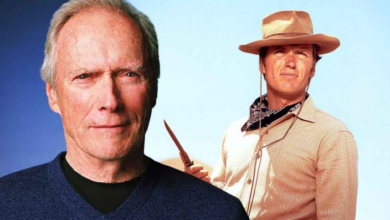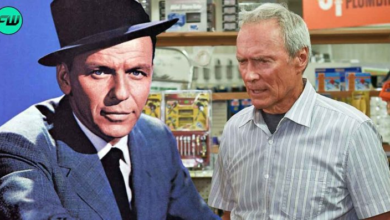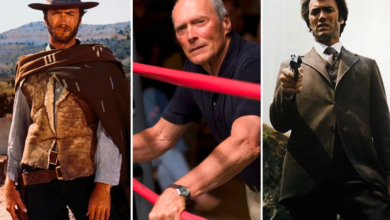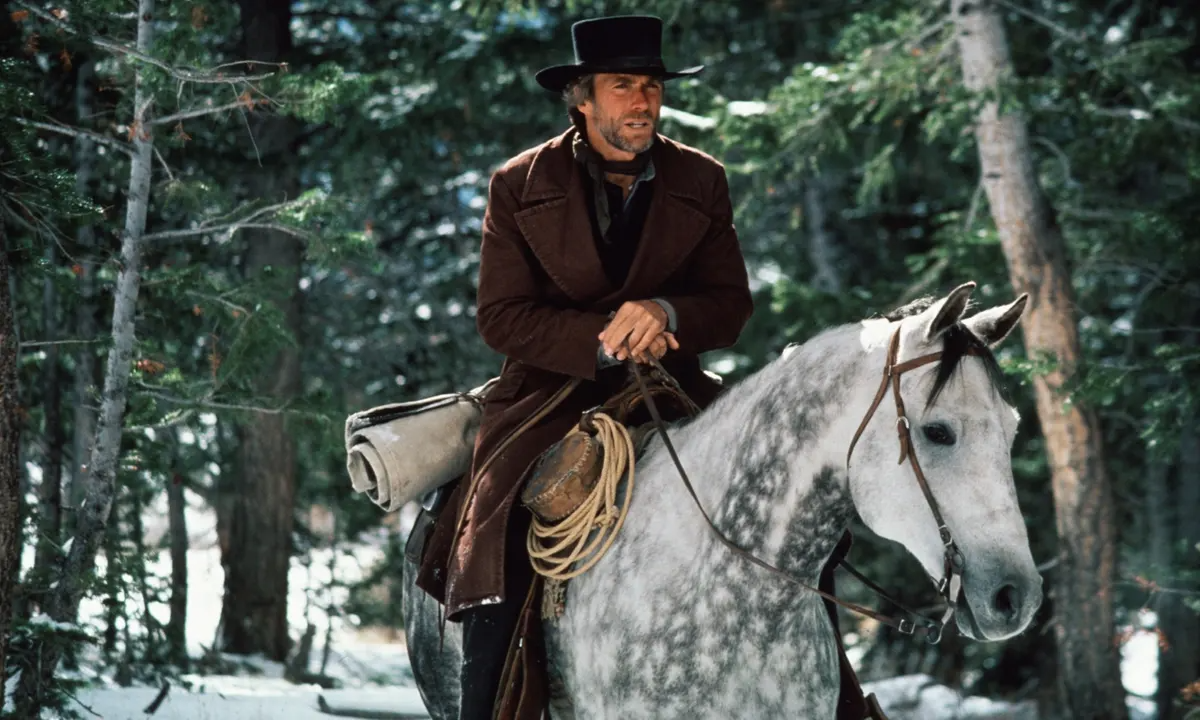‘I’m not out to save a buck’ – Clint Eastwood’s efficiency: From The Man with No Name to Hollywood legend
Clint Eastwood's legacy as a tough guy and one-take wonder in Hollywood is unparalleled. From his roles as 'The Man with No Name' to his directorial brilliance, he's a true icon.
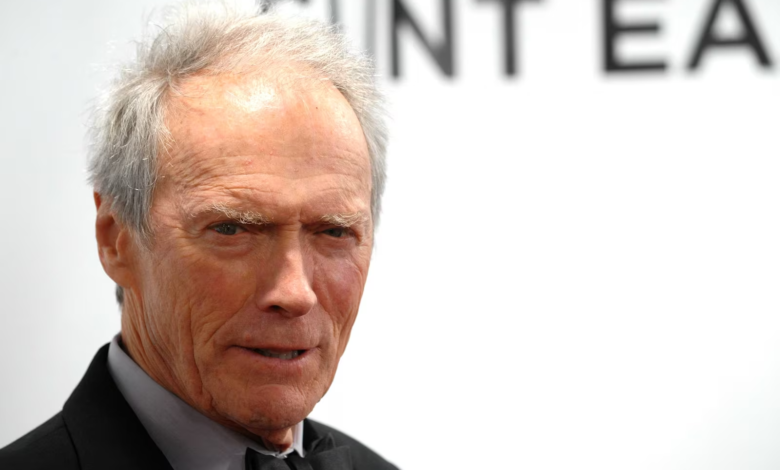
The name Clint Eastwood strikes a chord in every film enthusiast’s heart. He’s not just an actor; he’s a symbol of American grit, a connoisseur of raw emotions, and a one-take maestro in the director’s chair. So, how did this High Plains Drifter become one of Hollywood’s most compelling figures? Let’s mosey on down memory lane.
From ‘Rawhide’ to ‘Dirty Harry’: The Making of a Legend
Back in the 1960s, Eastwood was known as the guy from “Rawhide.” But then came Sergio Leone’s Dollars Trilogy, and suddenly he was ‘The Man with No Name.’ The unflinching antihero that resonated with audiences. And then there was Harry Callahan. “‘Do I feel lucky?’ Well, do you, punk?” This line was not only forever misquoted but sealed Eastwood’s reputation as a tough guy.
From ‘Hang’ Em High’ to ‘Pale Rider,’ Eastwood’s presence was synonymous with action and masculinity, even surprising fans with a softer side in ‘The Bridges of Madison County.’
The One-Take Wonder: Eastwood’s Directorial Mastery
It’s not just his acting prowess that’s endeared Eastwood to fans; it’s his gift for storytelling as a director. Titles like ‘Mystic River’ and ‘Gran Torino’ highlight his diversity. But it’s the legendary “one-take” filming style that sets him apart.
As Eastwood once clarified in a 1973 interview with Action Magazine (via DGA), “Everybody keeps saying, ‘Well, he only does one take,’” but that wasn’t the full truth. Eastwood revealed, “What I like is to be efficient with the storytelling. To me, it’s whatever it takes to do the job. I’m not out to save a buck.”
The Power of Spontaneity: Eastwood’s Approach to Filmmaking
What makes Eastwood’s approach unique? It’s his ability to capture spontaneity, to make the audience feel the lines are being said for the very first time. “Then you’ve got a believable scene, then a believable group of scenes, and finally a believable picture,” he said.
In his typical candid manner, Eastwood expressed that, “Other than obvious errors like forgetting a line, often I can’t see any difference between take one and take 20.” This uncompromising pursuit of authenticity is what has defined his career.

